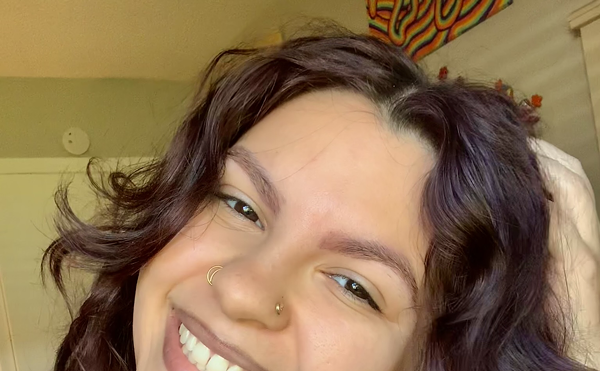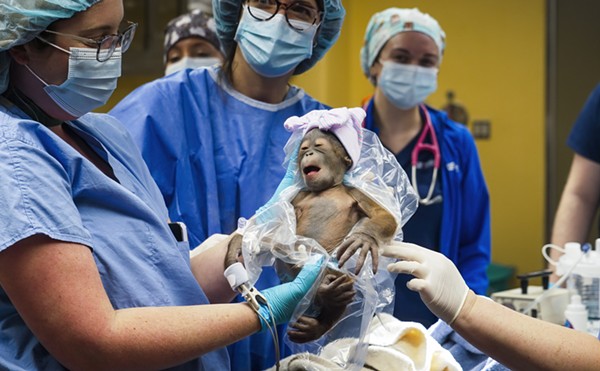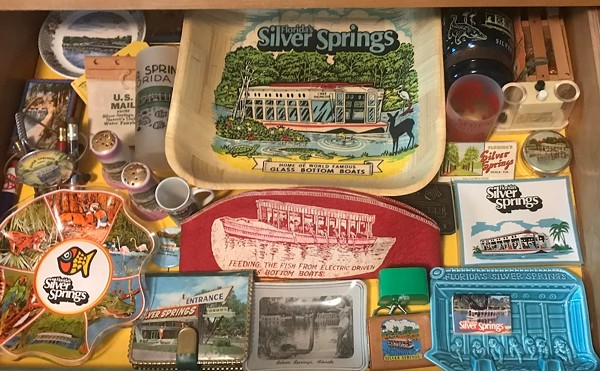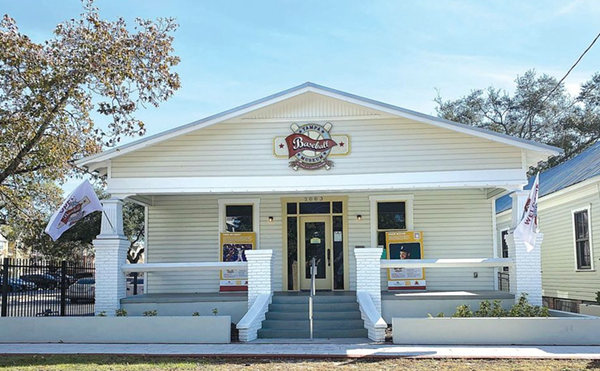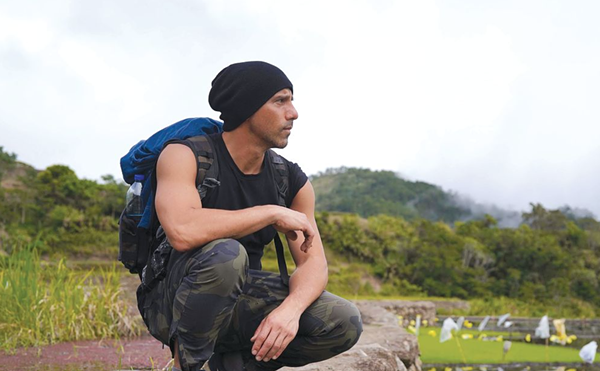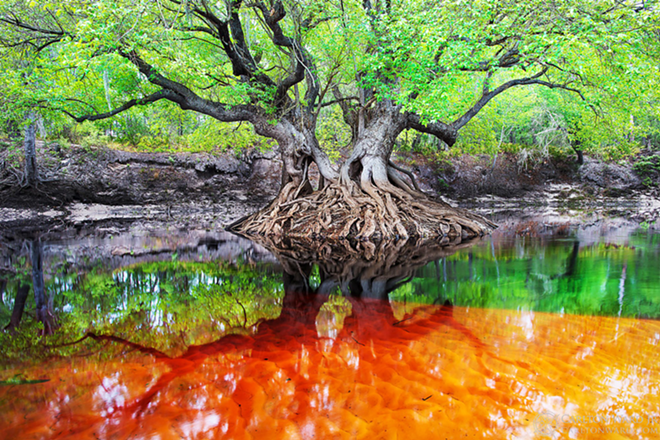
In 2006, Carlton Ward, Jr., an eighth-generation Floridian who has made a career of photographing wildlife and endangered ecosystems, found out something he didn’t know about the state’s cattle ranches: besides cowboys and livestock, the Florida black bear sometimes calls them home. Working with biologist Joe Guthrie, Ward helped track one such bear — a male dubbed “M13” — who ranged for a year around south central Florida through public preserves and private ranches until I-4 stymied his natural migration north.
For the photographer — who had already undertaken a major project documenting Florida cattle ranchers and who hails from a ranching family that birthed Doyle Carlton, Florida’s governor during the Great Depression — the encounter was a revelation.
Pioneering scientists such as Larry Harris, Reed Noss and Tom Hoctor first described a network of Florida wildlife corridors in the 1980s and '90s and have been working toward that vision ever since. Following in their footsteps and with Hoctor as their guide, Ward and a team of conservationists developed the Florida Wildlife Corridor campaign in early 2010 to celebrate the opportunity for an undeveloped swath of land extending from the state’s southern tip to its northern border. The purpose is to protect water supplies, food production and precious flora and fauna, and in the latter case, let them roam (mitigating fates like the weakening of a species through inbreeding). Based on established environmental science and efforts like Y2Y, the Yellowstone to Yukon Conservation Initiative, the corridor cobbles together a path from Flamingo to the Okefenokee Swamp that connects public preserves, private ranches and even a military base into a guided vision for future conservation and public-private partnerships.
With Florida’s human population expected to double by 2060, converting 7 million acres of land to urban uses along the way, the vision may have manifested just in time.
“If we sit on our hands for too long, the door is going to close forever,” Ward says.
Through May 5, the Tampa Bay History Center showcases an exhibition that reveals the story of where the FWC concept took Ward and company next. Rather than sit still, their team of four — Ward, Guthrie, documentary filmmaker Elam Stoltzfus and Mallory Lykes Dimmitt, formerly of the Nature Conservancy and now executive director of LINC, a nonprofit founded by Ward to promote Florida conservation — embarked on a 100-day journey to traverse and document the 1,000-mile corridor: the Florida Wildlife Corridor Expedition. From January through Earth Day (April 22) 2012, they traveled through swamps and forests by kayak, paddleboard, horse, mountain bike and foot on a Lewis-and-Clark-meets-the-blogosphere adventure complete with solar-charged cameras and laptops and eat-you-alive mosquitos.
As Stoltzfus’s hour-long documentary about the trip continues to air on public television stations throughout the state (check facebook.com/FloridaWildlifeCorridor for details), the History Center showcases Ward’s photographs in an alternately poignant and fun, family-friendly exhibition that includes artifacts like the photographer’s kayak and tent as well as ooh-ah inducing images of birds, snakes, panthers, bears, cypress swamps, pine forests, cowboys, conservationists and the travelers themselves amidst breathtakingly beautiful landscapes.
“We wanted to be a lens into the people and places of the corridor,” Ward says.
During the trip, he shot about 29,000 photos. The exhibit includes more than 30 of them, and still more have been compiled into a book; on Wednesday, Ward will sign copies at the History Center before a public talk by Dimmitt.
Each image functions as an object lesson in why someone might care about conserving a wildlife corridor. A panorama of longleaf pines shows the trees shading a thick blanket of rare cutthroat grass, an endangered species that once covered 90 million acres in Florida but now occupies less than 3 percent of its former area. An expanse of the grass located on Avon Park Air Force Range is the largest such ecosystem left in the world — an ecosystem with as much biodiversity as a rainforest, Ward says. Portraits of animals captured by motion sensor camera traps are equally moving, putting the distinctive personalities of a Florida panther (an animal whose near-extinction has been caused in part by being hemmed into the state by human-built developments and roads), black bear, raccoon, bobcat and other creatures on view in startlingly close proximity.
Pairing the attraction of a great adventure story with photographs evocative of a National Geographic spread (one of the Florida Wildlife Corridor Expedition’s main funders), the exhibition also serves as a wake-up call to what comes next: an ongoing campaign of public awareness to drive the legislation and private decisions — like those of ranchers to partner with government to protect the lands they own through conservation easements — to make the Florida Wildlife Corridor a lasting reality. For Ward, that vast project begins with the change a photograph can make in the way someone experiences the state he calls home, from one end to the other.
“You could drive 400 miles on I-95, or you could go 1,000 miles and it looks like this,” he says.
Changes have been made to this story since its initial publication to include the pioneering work of scientists Harris, Noss and Hoctor.





